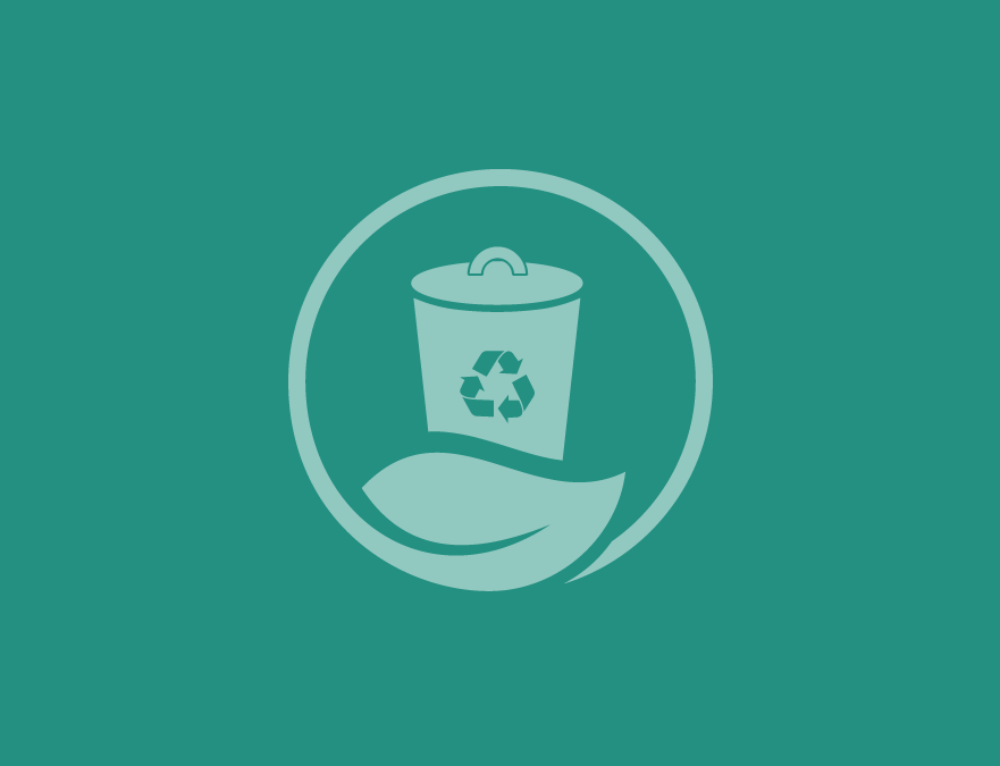
The Recycle Right NY campaign will officially launch a first-of-its-kind statewide recycling website on Earth Day, April 22, 2021. The newly launched website will address recycling confusion and contamination, and be the go-to hub for recycling related information for residents across New York State.
This Earth Day, be sure to visit https://recyclerightny.org/ to discover how you can help improve our environment through better recycling habits. On the website, you will learn about the value of everyday materials and why recycling correctly is important. Featuring new resources such as a search tool to help you easily find your local recycling guidelines, you will learn more about what is and is not recyclable, and how best to recycle in your community. The website will also include a “Recyclopedia” – an encyclopedia for recycling – that will provide waste reduction, reuse, and recycling tips for more than 300 common household items.
The Recycle Right NY initiative began in 2018 and is a collaborative effort of more than 100 recycling professionals from throughout New York State working to improve our recycling system. Recycling generates many benefits for our ecosystems, communities, and economies. By keeping valuable materials in productive use, recycling conserves natural resources, reduces litter, saves energy, creates jobs, and so much more.
This Earth Day join us and visit https://recyclerightny.org/ and commit to recycling right. The best place to start is to “Know before you throw!” by checking your local recycling guidelines. Encourage your family and friends to do the same, and together we can help New Yorkers become the best recyclers in the nation!
Frequently Asked Questions
1. What is Recycle Right NY?
Statewide education and outreach campaign for recycling: Informed by a collaborative working group of more than 100 public and private recycling professionals from throughout NYS, the campaign develops waste reduction, reuse, and recycling related public education and outreach information and resources.
Addresses major recycling issues like confusion and contamination: The main goals of the campaign are to increase recycling participation, reduce recycling confusion, reduce the amount of unaccepted items that are put into recycling, and promote waste
reduction and reuse practices as alternatives to landfilling and incineration.
Project of the NYS Center for Sustainable Materials Management: The campaign is coordinated by the NYS Center for Sustainable Materials Management, which is housed at the State University of New York College of Environmental Science and Forestry (SUNYESF), in partnership with the Syracuse University Center for Sustainable Community Solutions (SU-CSCS) and sponsored by the New York State Department of Environmental Conservation (DEC).
2. What will be featured on RecycleRightNY.org?
Statewide recycling information hub for NY: RecycleRightNY.org will be NY’s first-of-its kind statewide recycling website dedicated to helping New Yorkers easily access recycling related information, interactive tools, downloadable resources, and more.
Recycling educational materials, tools, and resources: The site will provide helpful, interactive tools such as a page that will link visitors directly to their local recycling guidelines, and a searchable “Recyclopedia” – an encyclopedia for recycling – that will instruct users on how to properly handle more than 300 common household items.
The importance of and opportunities for waste reduction and reuse: In addition to learning about the recycling process and how to recycle correctly, residents will learn how to achieve greater benefits through guidance on waste reduction and reuse.
3. Why does “recycling right” matter?
Recycling incorrectly is bad for the recycling industry: Some materials that do not belong in the recycling bin can cause serious issues such as contaminating and decreasing the value of other recyclables, damaging recycling equipment, or injuring people who
work at the facilities.
Recycling right is good for the economy, environment, and society: Recycling, when done correctly, helps to create jobs, protect public health, reduce pollution, save energy, conserve natural resources, and more by keeping materials in productive use instead of sending them to a landfill or incinerator where they are unable to be used again.
4. What is “wish-cycling” and why doesn’t it work?
“Wish-cycling” is throwing without knowing: “Wish-cycling” is the act of putting items in the recycling bin – without knowing if they are accepted by your local recycling program or not – and hoping that someone will figure out what to do with them.
An item can only be recycled if it can be sorted and sold: If a recycling facility cannot easily sort an item based on its size, shape, or material makeup, or if there are no buyers for the material that it is made from, then that item may not be accepted for recycling. Instead, it will most likely be sent to a landfill or incineration facility.
5. Can I recycle any item that has the recycling symbol on it?
No! The recycling symbol is not regulated or trademarked: There are many items that have the recycling symbol on them – such as some packaging and single-use plastics – that may not be accepted by many residential recycling services. Manufacturers decide
whether or not to include the symbol on their products and packaging, but if your local recycling service cannot sort or sell an item, then it may not be accepted for recycling.
6. What can I do to recycle right?
Know your local recycling guidelines: The best place to start is to check your local recycling guidelines. Learning which items are accepted and which are not, along with other important recycling guidelines, will help your local recycling system to be
successful.
Learn how to properly prepare your recyclables: Different items require different preparations to ensure that they are successfully handled by your local recycling service. Empty, rinse, and dry your container items, and flatten all cardboard and paper products.
Buy products made of recycled materials: Recycling only works if people use products made with the recycled material! Look for products made from “post-consumer recycled content” to close the loop and help support the recycling system. All of this information
and more can be found on RecycleRightNY.org.
7. Where can I find my local recycling guidelines?
Visit RecycleRightNY.org and click “Is This Recyclable?”: RecycleRightNY.org is a central hub that will make it easy and convenient to find all the recycling information you need. Specifically, Recycle Right NY developed a tool that provides direct links to county level recycling guidelines for most of NY. Please note, if you have a private hauler, you may need to contact them directly for their specific recycling instructions.
Thank you for committing to know before you throw and to recycle right. Together we can help
New Yorkers become the best recyclers in the nation!


